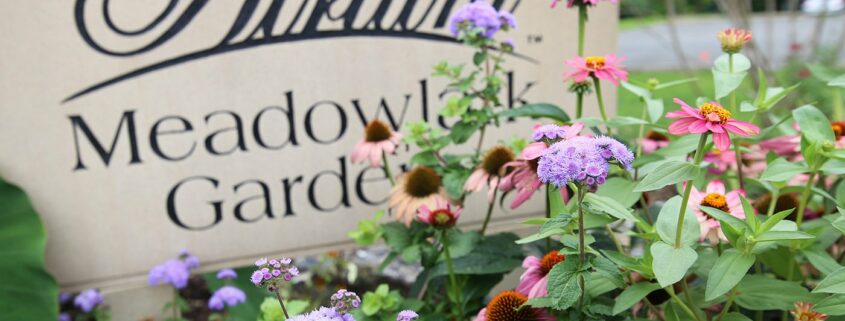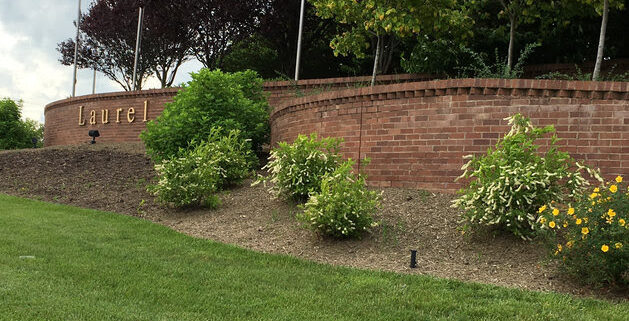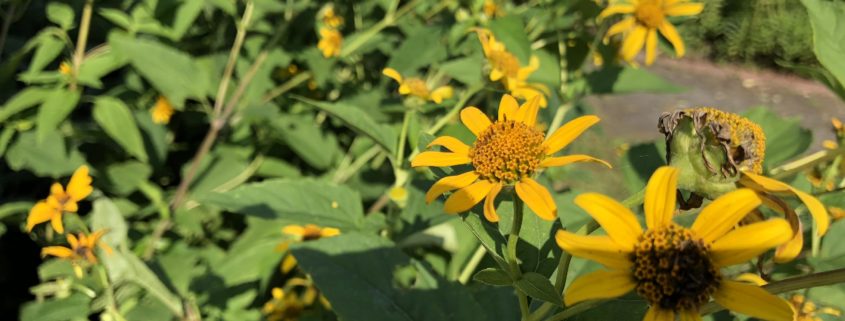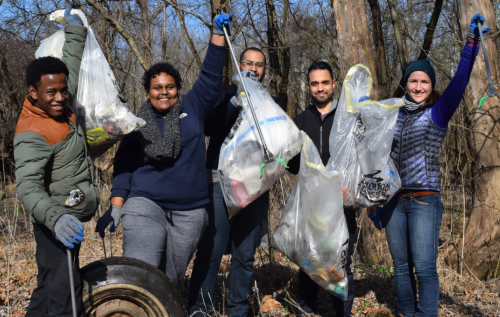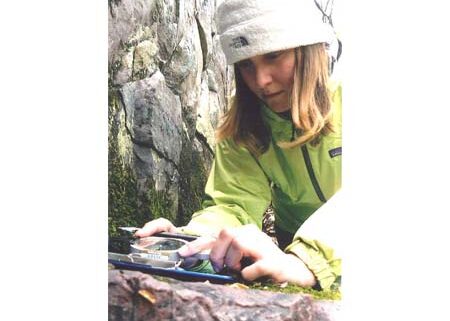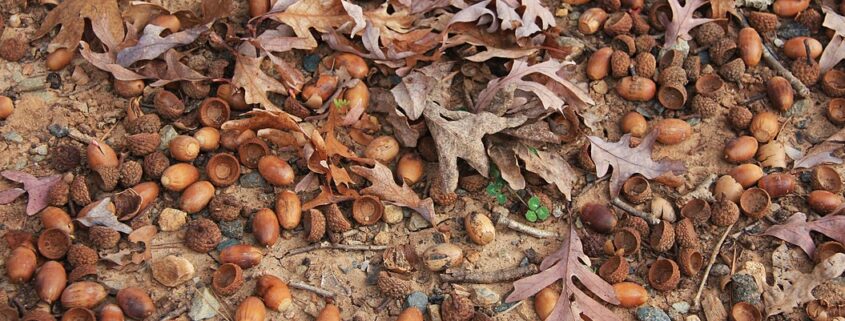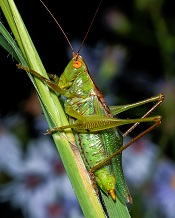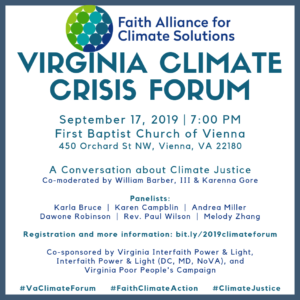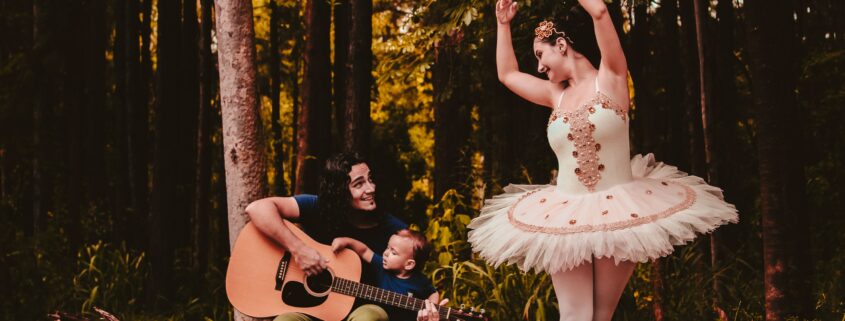Jerry Nissley
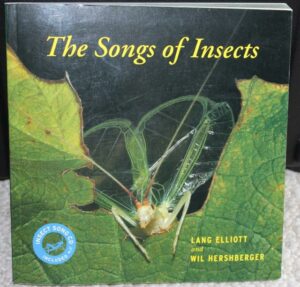
The Songs of Insects by Lang Elliott and Will Hershberger
On September 11, 2019, Friends of Dyke Marsh (FODM) hosted speaker Will Hershberger, co-author of The Songs of Insects (2007). The evening presentation was given in the visitor’s center at Huntley Meadows Park, followed by a night walk through Huntley Meadow’s woods and wetland to actually hear the calls, chirps, tics, and trills of the insects. Mr. Hershberger has been recording insect sounds for many years and has amassed a vast collection of insect images and recordings, first published in his book and now maintained on his fascinating website. He is an avid naturalist, award-winning nature photographer, nature sound recordist, and author. He and his wife, Donna, formed Nature Images and Sounds, LLC, and photograph a wide variety of animals in addition to insects. He is an entertaining public speaker as well.
The presentation explored the world of singing insects and explained how to distinguish individual species of crickets, katydids, and cicadas. I learned a lot about what we hear day and night during each season of the year. What I am hearing at night now, which I thought to be frogs, may well indeed be insects, especially the Snowy Tree Cricket, Davis’s Tree Cricket, and the Northern Mole Cricket. (See Hershberger’s Guide to Species.) You may be as amazed as I was.
My big take-away was something we perhaps all know but don’t think about all the time: Animal songs are seasonal and specific to one predominant purpose–mating. In general, the frog-calling season is late winter through spring, birds carry us through summer, and late summer (now) through early winter is insect time. The sounds we are hearing now are most likely insects. Each season carries some overlap, of course. Birds are the ones we hear most across all seasons but even their calls/songs change. Now is the time of the insects.
Seasonality explains why now I don’t hear frogs during the evening Mason Neck kayak tours, where earlier in the year I couldn’t talk over the frog ruckus. Now I hear the three-part harmony of crickets, katydids, and cicadas. Each sound interesting in its own right, which The Songs of Insects re-enforces beautifully.



